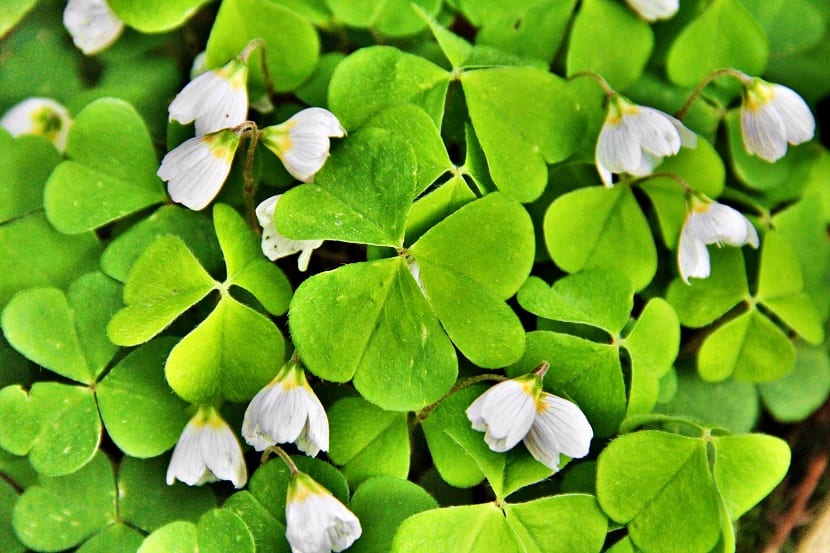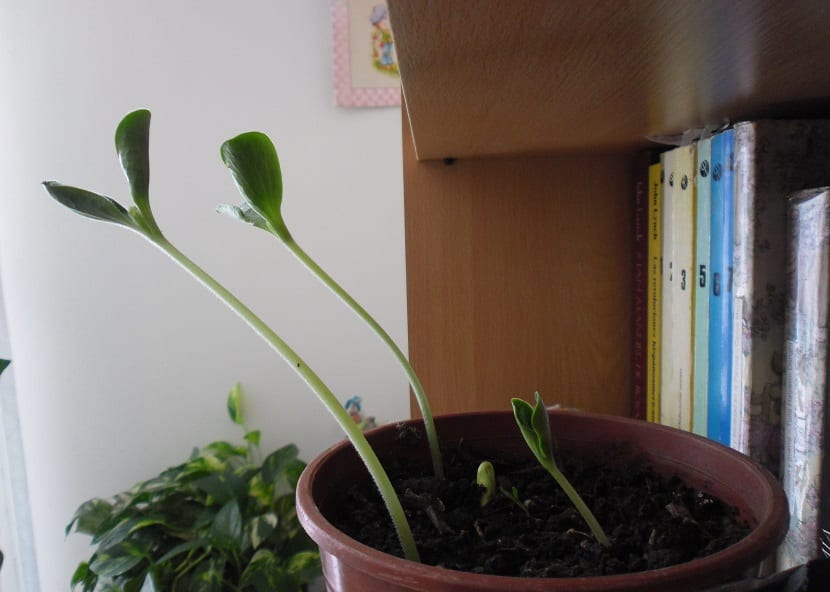
You may have ever heard of plant-related topics from the tropism and nastia. They are a bit strange and purely scientific terms, but they are widely used in the field of biology and botany.
Surely if you learn these terms, you are closer to knowing the world of plants and understanding them better. Do you want to know what these two terms are about?
Tropism

Tropism is the displacement that plants make (or sometimes only certain organs of it) to respond to an external stimulus. Because there are different types of movements and displacements, there are several types of tropism, also depending on the nature of the stimulus to which it responds.
A first example is when the stimulus to which plants respond comes from the force of Earth's gravity and its acceleration. It is called gravitropism and it consists of the growth of the roots towards the ground while the stems develop upwards until they come to the surface.
Another example is phototropism by which plants react to light and allow the development of photosynthesis. The one that stands out the most is the heliotropism that is based on the movement of the plant according to the orientation of the sun. We find sunflowers that are able to move towards the sun to increase the photosynthesis rate and be more efficient.
There are other types of different tropisms, such as chemotropism, which is capable of linking the responses of plants to chemical elements. For example, there are plants that are capable of moving to get certain chemical nutrients or, on the contrary, to "run away" from them. We also find stimuli such as air (aerotropism) in which the plants orient themselves in the more aerated regions of the surface or water (hydrotropism).
The nastia

The nastia also corresponds to a movement of the plants responding to stimuli. So how are the two terms different? The basic difference between a tropism and a nastia is that in tropism, the response to stimuli is something continuous, that is, they always do.. For example, in aerotropism, the plants will always grow and orient themselves to the places with more air. However, in nastia, the response to external stimuli occurs only for a few hours or a few minutes.
Also in the nastia, the direction of the stimulus does not influence the movement of the plant. For example, we have carnivorous plants that are capable of responding to a stimulus such as the fact that the insect perches on the leaf, but it only does so for an instant. Once it responds to the stimulus, it returns to the starting position.
Among the examples of nastias we have thigmonastia, which is the movement of the plant in temporary response to contact with it. There are plants that just by touching them move. This response indicates that the plant is more sensitive to changes in the environment.
We also have other plants that move due to excess humidity or, on the contrary, due to lack of humidity. It is called hydronastia and it only occurs when there is changes in humidity. If there are no changes, there is no movement. However, in hydrotropism the plant always grew in the direction where there is more water.
Another type of nastia is nictinastia, also better known since it involves the opening and closing of the leaves of the plants depending on the day and night. Or the thermonastia that is about the movement depending on the temperature of the environment.
As you can see, plants also respond to external stimuli from the environment. There are plants that grow looking for the most optimal conditions of air, food, water, etc. And others that are able to move in order to feed themselves, protect themselves or act at a certain moment. With this you already know something more about plants and you can be closer to them.